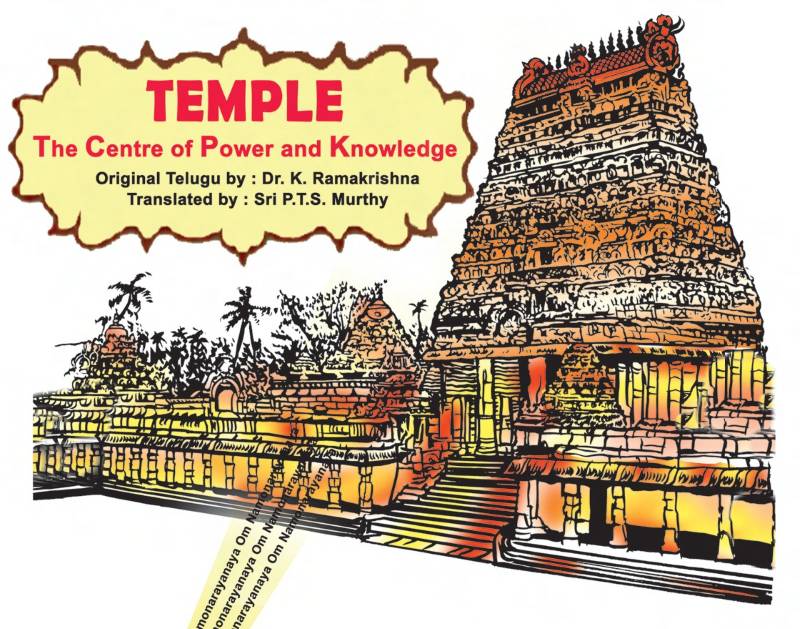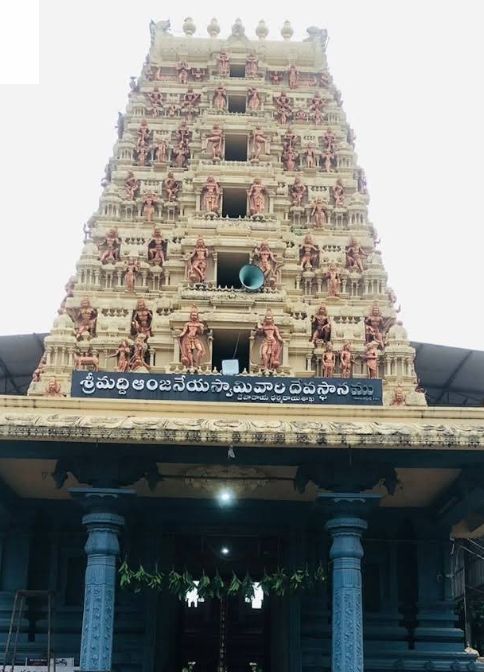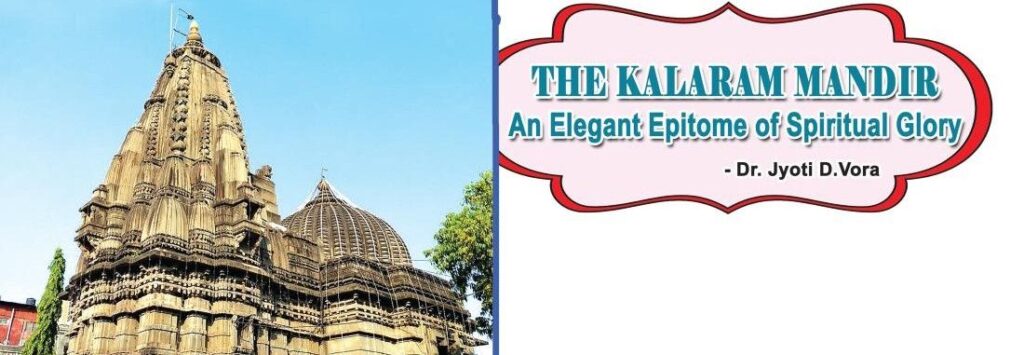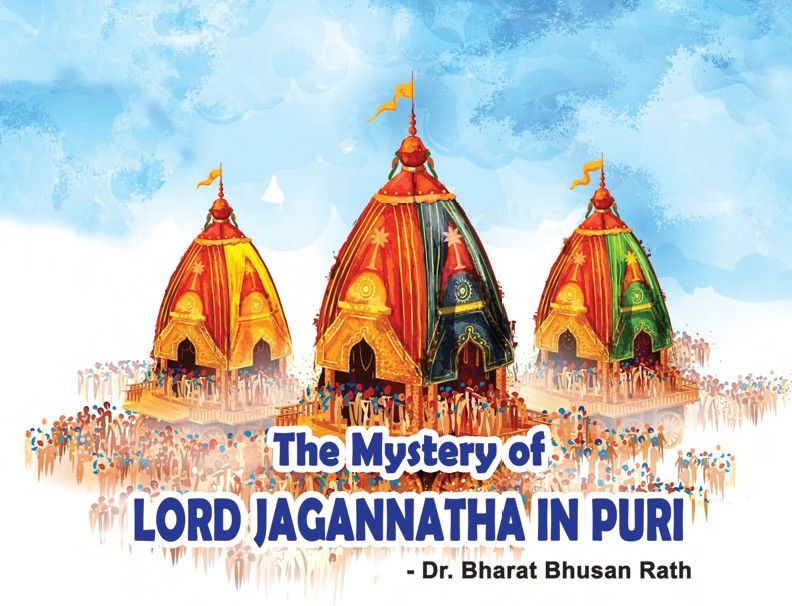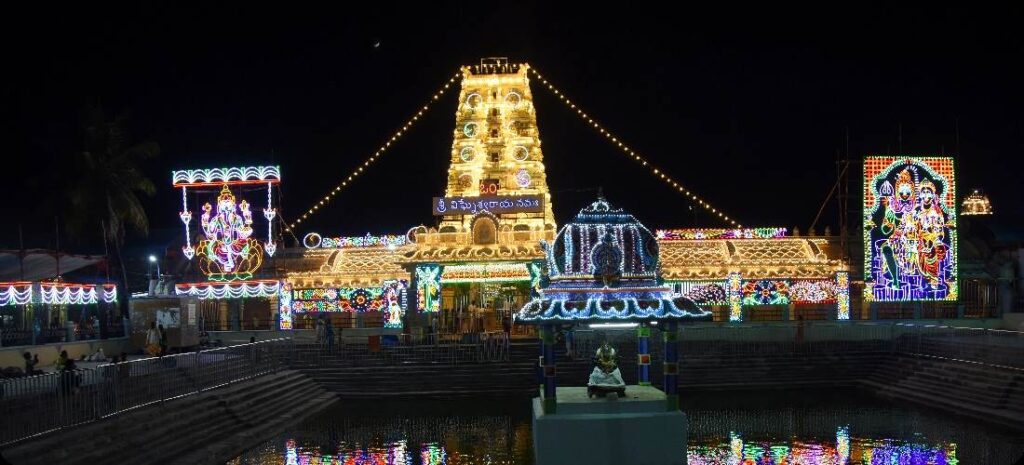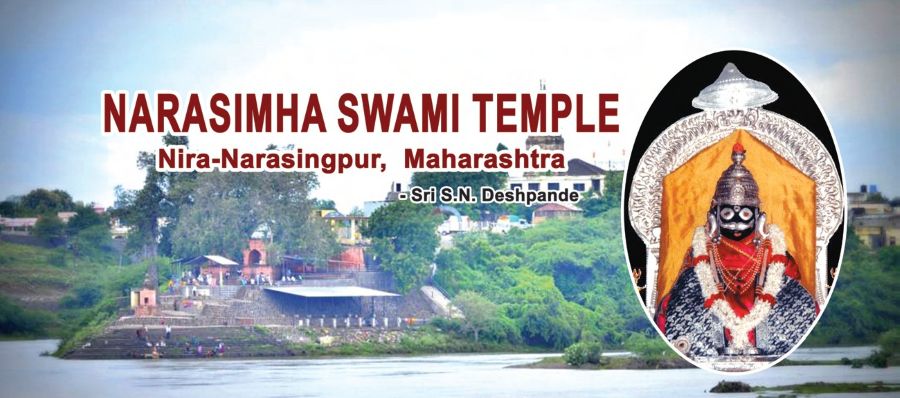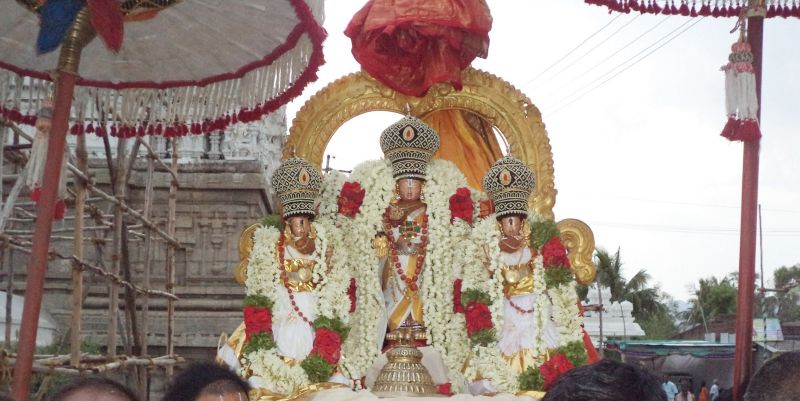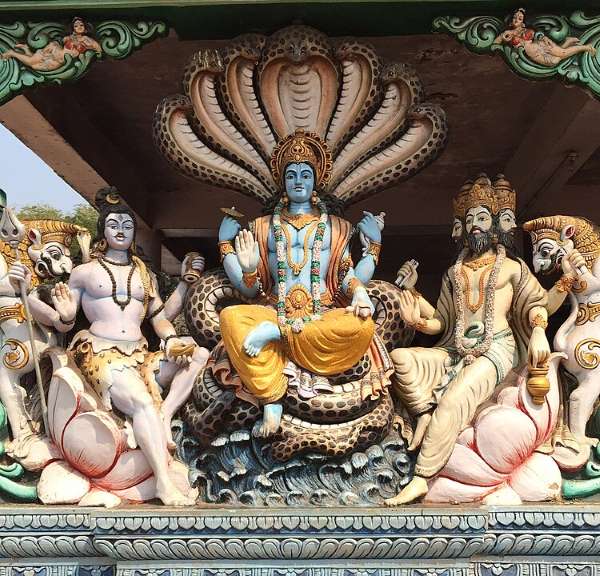Temple – The Centre of Power & Knowledge A temple is not merely a place where the Lord’s idol is installed, where God incarnated himself in the form of an idol or statue. It is a place of infinite power and knowledge. The scriptures dealing with sculpture and temple rituals have explained this in detail. Read More
Category: Hindu Temples
Hindu temples are known by many different names, varying on region and language, including Alayam, Mandir, Mandira, Ambalam, Gudi, Kavu, Koil, Kovil, Déul, Raul, Devasthana, Devalaya, Devayatan, Devakula, Devagiriha, Degul, Deva Mandiraya, and Devalayam
Malluru Narasimha Swamy Temple
Malluru Narasimha Swamy Temple / Hemachala Narasimha Swamy Temple From times immemorial, our country is a land of numerous holy places, temples, rivers and shrines. One such temple is the temple of the famous ‘Malluru Ugra Narasimhaswamy’ located at Malluru, Mangapet mandal in Warangal district. Malluru is a small village nestled in Eturunagaram forests, on Read More
Sri Maddi Anjaneya Swamy Temple, Gurvaigudem
There are several Hanuman temples where devotees throng in huge numbers to offer their prayers to the Lord, who is considered the most ordained devotee of Lord Rama. Sri Maddi Anjaneya Swamy Temple, Jangareddigudem, Gurvaigudem The Anjaneya Swamy temple situated in a village, Guravaigudem, is popularly known as ‘Sri Maddi Anjaneya Swamy temple’. It derived Read More
Kalaram Mandir: An Elegant Epitome of Spiritual Glory
Kalaram Mandir: Explore the Black Rama Temple in Nashik Nashik is a unique and pious centre of our ancient culture and heritage in Maharashtra. It is prominently mentioned in our epics, the Ramayana and the Mahabharata and has the proud privilege of being one of the pilgrim towns where the Kumbha Mela takes place. Trimbakeshwar Read More
The Mystery of Shree Jagannath Temple, Puri
Shree Jagannath Temple of Puri: Explore the Secrets & Traditions Shree Jagannatha’s Dham in Puri is one of the four renowned Dhams in India. The word Jagannath means the God of the Universe. The Scriptures say that Lord Jagannatha is the presiding deity of the Purushottam Kshetra. There are many holy places in the Purushottam Read More
Kanipakam Temple: Guide to Visiting the Swayambhu Vinayaka
There are very few temples of Lord Vinayaka in Andhra Pradesh. Kanipakam Sri Varasiddhi Vinayaka Swamy Temple is one of the famous and ancient historical temples in Andhra Pradesh. Kaniparakam –> Kanipakam Temple Kanipakam is situated in Irala Mandal of Chittoor District and eleven kilometres from Chittoor. Kanipakam is on the banks of River Bahuda. Read More
Lakshmi Narasimha Swamy Temple, Nira Narasingpur
Lakshmi Narasimha Swamy Temple – Nira Narasingpur – Maharastra The fourth incarnation of Lord Vishnu is Narasimha Swami. Most of the temples of this 4th Incarnation Lord Vishnu, are situated in A.P., Telangana and Karnataka with very few in other parts of Northern India. However, there is one very unique and also ancient famous temple Read More
Sri Kalyana Venkateswara Swamy Temple, Narayanavanam
Sri Kalyana Venkateswara Swamy Temple Narayanavanam: A Spiritual Journey The holy place to which the Supreme deity of Kaliyuga Sri Venkateswara Swamy along with his consort Sri Padmavathi Devi went after their marriage for a stay for some time is ‘Narayanavanam’. The deity of the temple is ‘Sri Kalyana Venkateswara Swamy’ who is known for Read More
Sri Janardhana Swamy Temple, Varkala
Sri Janardhana Swamy Temple Situated on a small hilltop near the beach, Varkala Janardhana Swamy’s temple was constructed more than one thousand years ago. It is approximately 60 km from Thiruvananthapuram, Kerala. It is one of the ‘Abhimana Sthalams’ because of its uniqueness. The speciality of this temple is we can see the Lord’s Right Read More
Lord Vishnu Temples in India: 21 Sacred Destinations
21 Famous Lord Vishnu temples in India Forming the Trimurti of the universe along with Brahma and Shiva, Vishnu ji has been worshipped ever since the ancient ages. Over time the value of the lord has increased which has been made evident through towering, majestic and opulent temples dedicated to him. Responsible for the protection Read More
